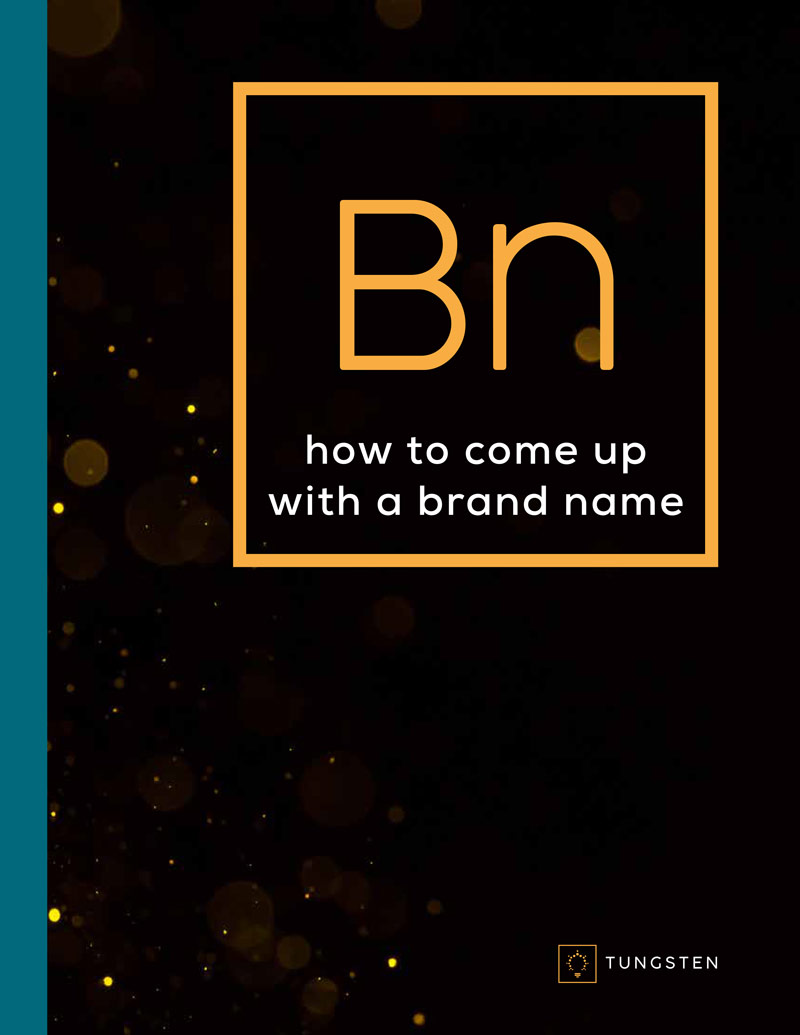Episode 004: How to Build a Successful Company Brand Identity
Brilliant Branding Live Show Archives
Originally aired weekly August 2017 - August 2018 With host Phil Davis
Show Description
"Brilliant Branding" shines the spotlight, and provides valuable insights, into the most common, and frustrating company identity issues facing startups, entrepreneurs, consultants, and even established business owners. Topics address timely issues such as effective naming strategies, smart logo design, tips for trademarking, clear brand messaging, engaging social media and reputation management. We take a deep dive to uncover the "pivot point" of an organization, the "why" behind each business to help build a more clear, cohesive and compelling brand image.
Today’s episode is all about building a solid brand identity. Just like a house needs a solid foundation to weather a storm, your brand needs a solid foundation to make it through the inevitable challenges your company will face. Even brands that are integral and strong have gone through tremendous challenges. Our businesses go through turbulent times. They go through ups and downs. That’s why it’s necessary to build the foundation and pillars necessary to weather the storm.
For example, Tylenol faced challenges when people were poisoned when someone tampered with some of their medication bottles. Toyota had a mechanical issue which caused some of their cars to accelerate out of control. Luckily, their powerful brand identities allowed them to recover. Your brand too will have the ability to tolerate and survive adversity if you incorporate these 5 key elements:
The Company Brand Name
First, you need to learn how to brand your business. If you don’t get the brand right, you have to make a lot of other adjustments. You have to work harder and overspend on advertising. Securing a solid company name is like setting a cornerstone off of which the rest of your brand will be built. As we’ve mentioned in previous episodes, your brand name needs to be based on your pivot point; the attributes which describe the very essence of your brand. Building a solid brand based on the right attributes will allow you to build brand equity.
Several years ago, in a testament to the company’s well-established brand equity, the chairman of
Quaker Oats had this to say:
If this business were to be split up, I would be glad to take the brands, trademarks and goodwill and you could have all the bricks and mortar – and I would fare better than you.
– John Stuart, Former Chairman of Quaker Oats
When you build the intangibles of trust, confidence, reliability… whatever those attributes that are associated with your brand that come with brand identity, those things are what we call brand equity. Just like how paying your mortgage builds equity in your home and eventually provides more value than you owe, your brand begins to create equity. This creates that “it” factor that adds value and allows you to charge wider margins because you’re no longer a commodity.
As we mentioned previously in the episode prior to this one, many entrepreneurs early on in their business worry that people aren’t going to “get” what they’re doing. As a consequence, they often feel compelled to make their names very literal and descriptive. We liken this to being afraid that you’ll fall over on your bike, so you put it in first gear to make sure you don’t fall over. While this may work, being stuck in first gear is going to hold you back in the long-run. So rather than be literal, descriptive, and product or service-based, you should try and align yourself with an attribute that will allow your company to speed along through the future.
We have a question on our brand development form that asks, “Do you want to fit in to your industry, or do you want to stand out?” We all have both needs. That’s the struggle we have both as businesses as well as individuals. For financial firms for example, it’s not wrong to sound like you fit in or belong. You may not want to sound like the “new kids on the block”. However, striving to “fit in” can carry some serious disadvantages in most industries.
One common mistake that people make when they name a company is that they try to use keywords. They try to use buzzwords that sound like their competitors and they inadvertently make themselves hard to differentiate. People often think that using keywords will get them ranked higher on Google and other sites, when all it really does it places them right alongside all of their competitors. Instead, we suggest you create a “white space” between you and everyone else in your industry. Creating a white space means creating a brand name without a lot of noise around it. That way when people type in your name, people find you and only you. Nothing else. So, it is possible to fit in to the industry, while at the same time being creative and different enough to be memorable by following the “4 C’s of Brilliant Branding” mentioned in the last episode.
The Descriptor Phrase
The descriptor phrase is just what it sounds like: A descriptive phrase is simple a phrase that describes what it is that you do. The great thing about a descriptive phrase is that it can communicate the specific product or service to the customer without holding it back. If the product or service changes in the future, the descriptor phrase can be dropped and the name can remain. A great example of this is Apple. Apple was initially called Apple Computers, but a few years ago they very unsanctimoniously dropped the word “computers”. Like an engine on a space shuttle, the word “computers” allowed them to blast through the atmosphere. Once it was no longer fitting, relevant, and needed, it was simply dropped off, leaving only the simple and iconic name that everyone knew and loved: Apple.
The company tagline/positioning statement
If your brand is a boat, the tagline should be your rudder. The company tagline is also known as the positioning statement. When you look at a company’s tag line, it’s as if they’re saying “This is our boat and here’s where we’re going”. Nike’s tagline “Just do it.” is a great example of an effective tagline. Notice it doesn’t say “Nike: Commercial shoe fabricators” or “Nike: Athletic shoemakers”. It is a statement about a lifestyle; about being an athleticism, dedication, and commitment. It sort of invites you in and says “If you believe in these things, if you align with us, if you feel the same way we do then come join us– And in joining us, you’re going to buy our products.”
The company logo and visual brand identity
If you think of your brand as a story or a play, the lead actor is the name, but the supporting actor is the logo. The logo should complement and support the message of the name. It should also support the believability of the name and brand. The best logos are simple, but are also smart and intentional. The FedEx logo, for example, uses the negative space between the E and the X to create an arrow, representing a commitment to moving forward.
There are always exceptions to the rule, but for practical purposes, try limiting the logo to 2 colors max. Ideally, it’s great to associate yourself with one color, but two will also work. Any more than that, and you risk looking confusing and amateurish. If you look at some of the biggest brands in the world, a lot of them use very simple fonts with just a few tweaks. Again, this is a generality and there are always exceptions.
Remember that your logo is going to be printed over and over on all sorts of items of all shapes and sizes. So, try this exercise: When you’re considering a logo, try shrinking it down to a very small size, put it on a copier, and print it out in black and white. Then look at it and see if you can still make out what it says. Is it an inky blob? Is it even legible? If not, it might be time to go back to the drawing board.
If you plan for your company to scale beyond your immediate control, you may want to get proactive and create a brand style guide. A brand style guide allows you to determine early-on what fonts you’d like to use, acceptable variations of the logo, and a color palette. The brand style guide will allow you to stay consistent and speak in one voice and in one tone throughout your company’s lifespan. It will also allow you to set standing orders about how your brand is presented once it gets out of your reach and out of your hands and into the hands of anyone who is later tasked with printing or displaying your brand image.




